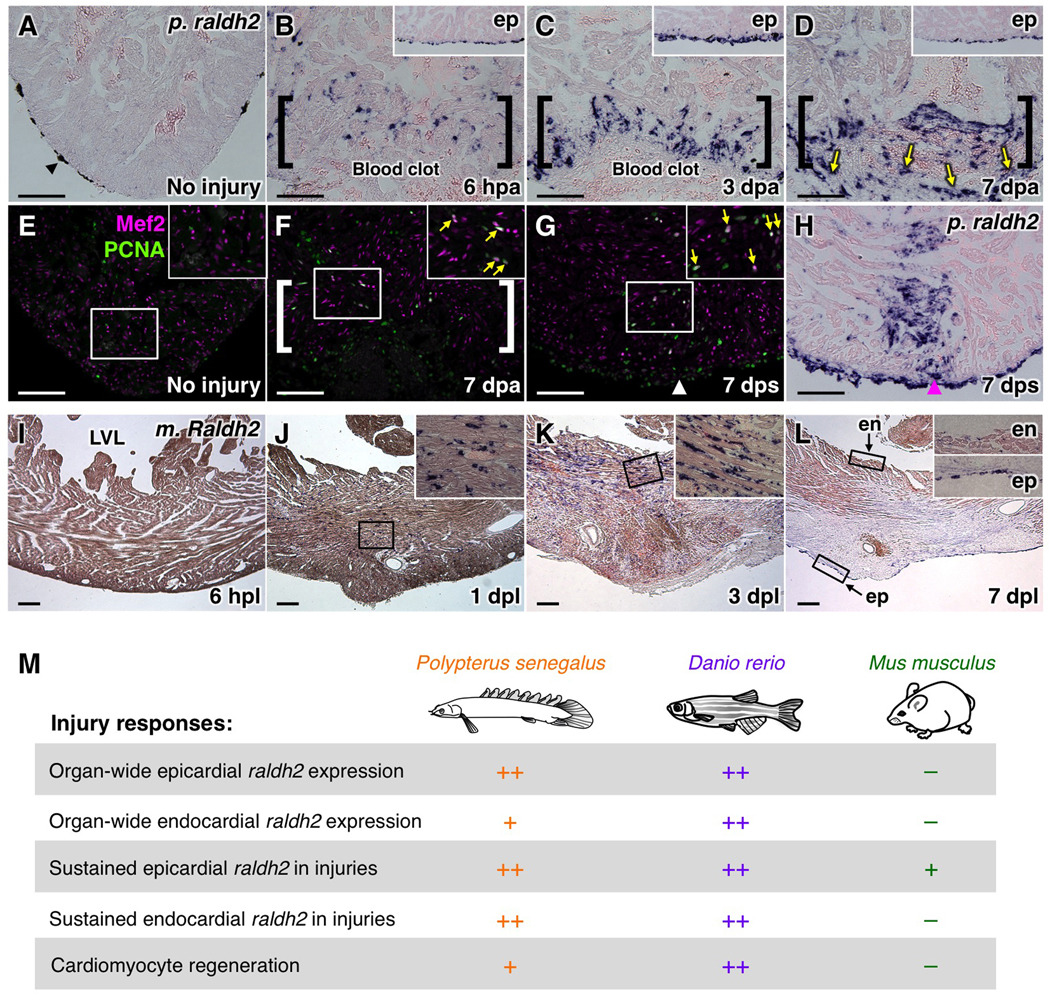Figure 4. Cardiac Injury Responses in Polypterus, Mouse, and Zebrafish.
(A–D) raldh2 (p. raldh2) expression by in situ hybridization in uninjured (A) and injured (B–D) polypterus ventricles. Arrowheads in (A), pigment cells. Brackets in (B–D), injury site. Insets in (B–D), lateral ventricular wall including epicardium (ep). Arrows in (D), p. raldh2-expressing epicardial cells. Scale bar, 100 µm (A–H).
(E–G) Assessment of Mef2+PCNA+ cells (arrows) in uninjured (E) and injured (F, G) polpyterus ventricles. Brackets in (F), injury site. Insets, high-zoom images of the rectangle. Arrowhead in (G), entry site of glass needle. Arrows in (F, G), proliferating CMs.
(H) In situ hybridization of p. raldh2 after stab injury (arrowhead).
(I–L) Raldh2 (m. Raldh2) expression by in situ hybridization at various timepoints post-ligation (pl). Insets in (J–L), high-zoom images of the rectangle. LVL, left ventricular lumen; ep, epicardium; en, endocardium. Scale bar, 200 µm.
(M) Summary of injury responses observed in polypterus, zebrafish, and mouse hearts.

